Back when Konneqt was known as Nasph LTDA, we created an integration platform based on NodeRed. Back then, we did not have the resources we needed to create a more advanced platform, but it worked for several relevant and critical use cases.
When we became QriarLabs, we initially focused on making QSCIM the first integration platform dedicated to identity management (provisioning, de-provisioning, user and group data synchronization). In order to create a high-quality platform, we gathered an incredible team to construct a great UI and effective user experience. Having such talented people working together resulted in what we call our Qore Architecture: Designer. (For native English speakers, it is pronounced “core.”)
For our team, the designer acts as our integrated development environment (IDE). It’s the foundation on which we build everything regarding visual components and works as a cornerstone for our products. The QSCIM designer was created to resemble a mind map, which are recognized for their effectiveness as visual tools and play a central role in simplifying the understanding, organization, and communication of complex concepts. The connecting boxes contain configurations and conversions to generate identity integrations.

Why did we decide to create QIP?
We have two flagship products that are already being used by customers: QAP and QSCIM. While we are very proud of these products, we are always seeking to improve them to give our customers the best possible experience. Based on customer requests and market research, we found that with QAP, our API solution, customers often must perform several API orchestrations or even more basic processes, such as exposing a legacy database’s tables or reusing the database’s stored procedures. There are also many scenarios where Salesforce, ServiceNow, and NoSQL database integrations are also required.
Additionally , with QSCIM, while performing user provisioning, you sometimes need to send a WhatsApp message using Twillio API to notify the user about their current identity creation status.
In order to close the gaps on our current offerings, we decided to execute two sprints for an MVP for the very first version of QIP. Thanks to our dedicated team and our incredible components’ base architecture (known as Qore) , we were able to complete the MVP in just one month.
Investor approval – let’s go to the market
We are very grateful for our partner, 2Future! When we presented our finished MVP and the current state of the market, we were given the green light and proper incentive to unveil a new way to create connected companies. We believe there’s still a big opportunity to help businesses become fully integrated, and QIP may just be the solution.
Eating your own food
As a company, we have many processes, including job position approval, hiring, new partners, new customers, trip requests, and expense reports that we can’t just do on paper. We use many SaaS apps, such as Google Suite, Salesforce, FreshDesk, RDStation, and Workhub24, but we also wanted to put our money where our mouth is – we decided to be our platform’s first customer, and we are proud to say it is working extremely well! The current workflow platform we are using, for instance, uses several APIs to onboard different users onto our platforms, combining the QIP, QIAM and QSCIM.
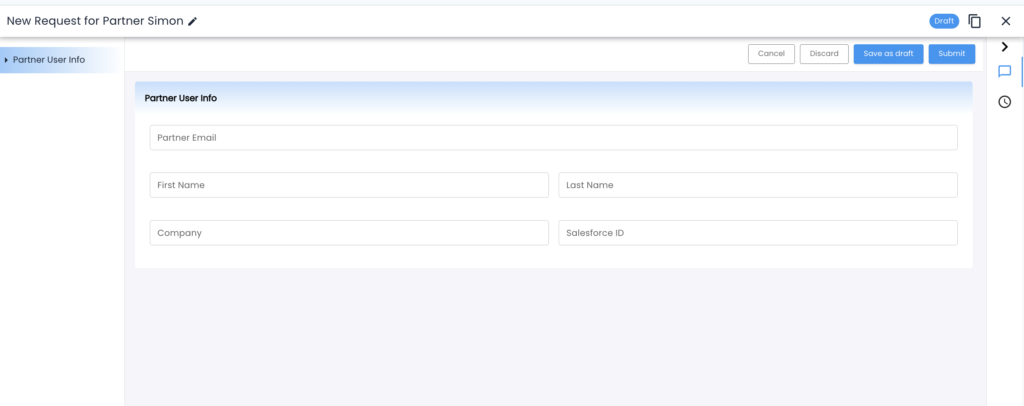
Planning our product launching
According to our roadmap, we intend to launch our first release of QIP by the end of Q4 2024. In the meantime, we will try to invite early adopters to help us deliver the most stable and complete platform possible. The business model supporting QIP is intended to benefit customers, avoid vendor lock-in, and maximize the number of connected companies. Take a look at the current QIP Designer:
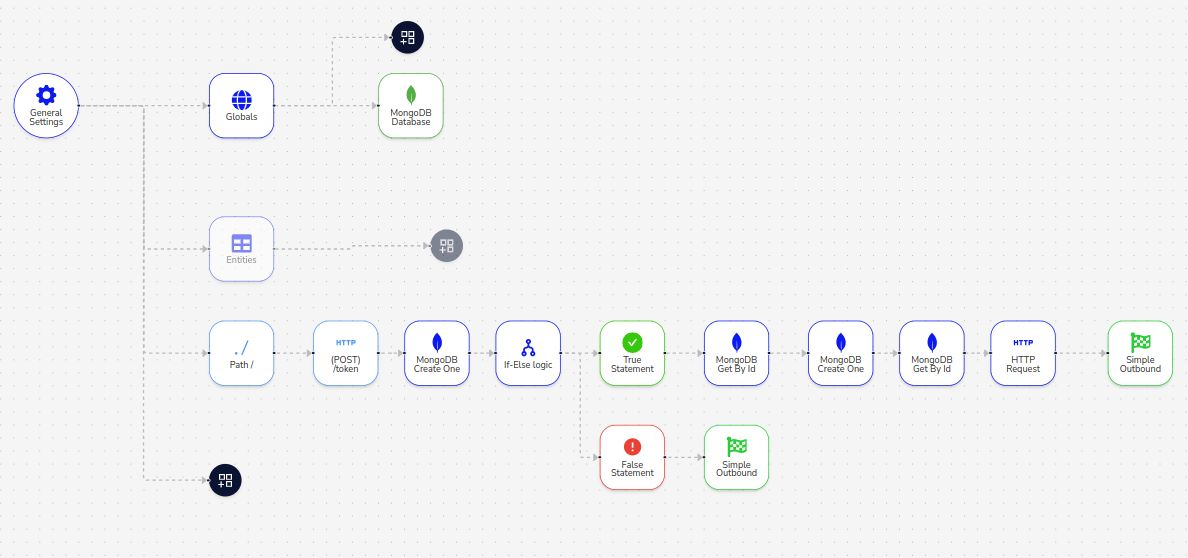
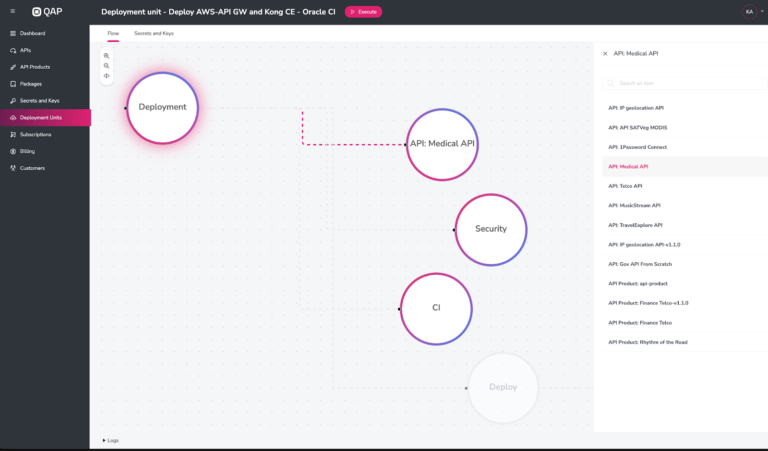

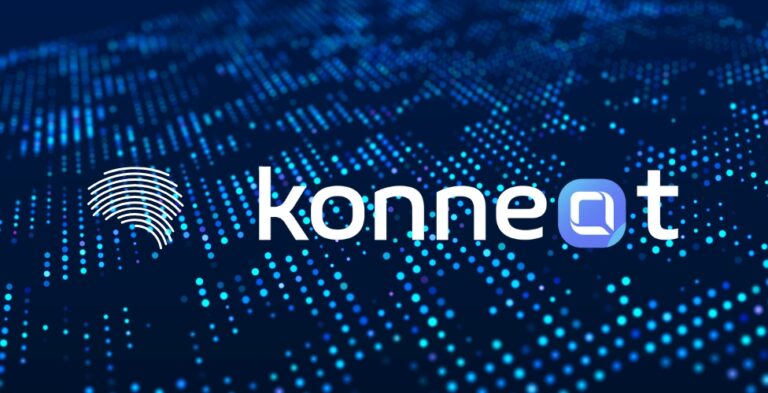
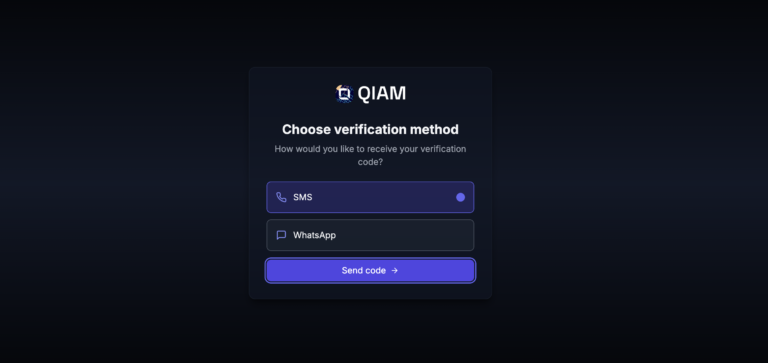

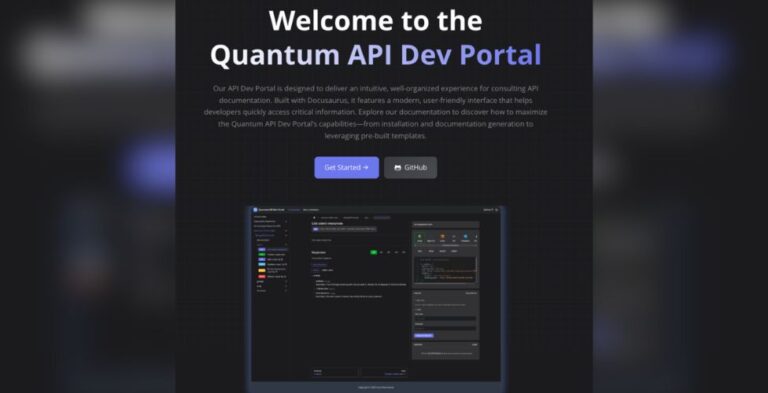
 7901 Kingspointe STE 10 – Orlando – Florida, FL 32819, USA
7901 Kingspointe STE 10 – Orlando – Florida, FL 32819, USA  Avenida Brigadeiro Faria Lima, 3200 – 3 Andar – Itaim Bibi, São Paulo-SP 04538-132, Brazil
Avenida Brigadeiro Faria Lima, 3200 – 3 Andar – Itaim Bibi, São Paulo-SP 04538-132, Brazil  Emirates Towers , Floor 42 – Dubai – United Arab Emirates
Emirates Towers , Floor 42 – Dubai – United Arab Emirates